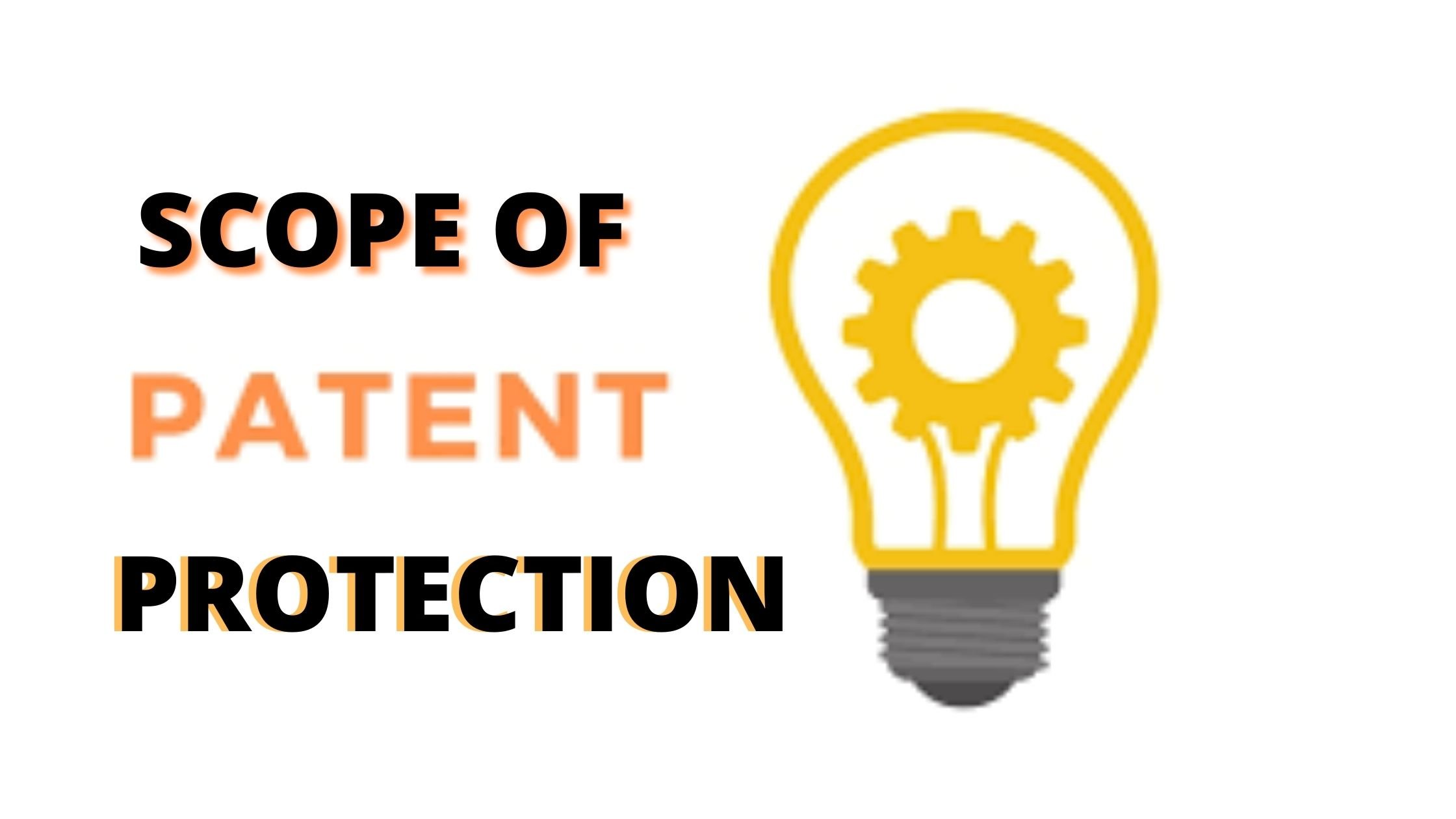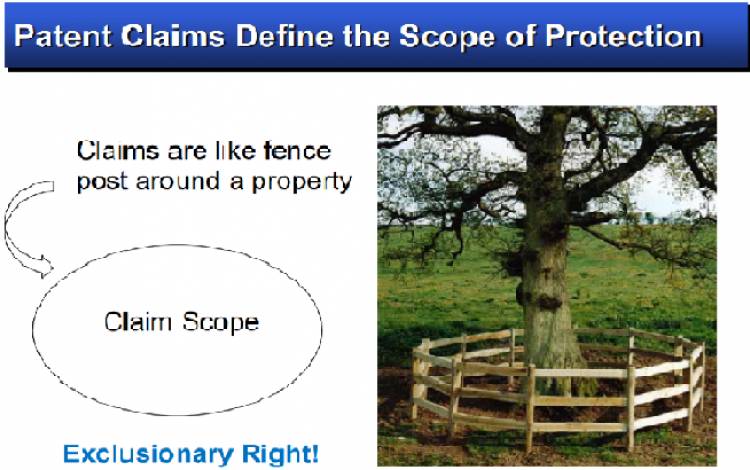Scope of Patent Protection
The inventor does wish to have a guarantee that the claim includes all the full breadth of their invention while specifying the claim in the application of Patent. The patents which are granted will not protect anything which doesn't mention in the patent. If the patent holder files an action of infringement based on the patent specification, they will need to give evidence about the defendant used, sold, made product, or process fundamentally replaces any of the claims.

The inventor does wish to have a guarantee that the claim includes all the full breadth of their invention while specifying the claim in the application of Patent. The patents which are granted will not protect anything which doesn't mention in the patent. If the patent holder files an action of infringement based on the patent specification, they will need to give evidence about the defendant used, sold, made product, or process fundamentally replaces any of the claims.
Enhancement of an existing invention is called "prior art “in patent law. To get patent protection, innovation is required to have definite elements that are different from the prior art in its field and are not obvious to a common man skilled in that art. If an innovation required various novel features to differ from the existing one then that patent offers narrow protection whereas if an innovation needs only some features to differ from existing inventions, it will get broader protection.
In simple words, the objective of patent claims is to define the scope of protection, gives a benefit or solution to a query, and evade the "prior art". Hence Patent claims must be clear, concise, and self-contained.
Figure-1

Types of Claims:
The claims in the patent document represent the property rights concerning that invention. The claims in the patent can be classified into two types. a. Independent claims b. Dependent claims
-
Independent claims:
The important features of the invention are found in independent claims of a patent. The first independent claim of the patent is the least restrictive.
The extra common broad claims in a patent are called independent claims. These help to protect the broadest scope of security possible for an invention. If a claim can stand its own and doesn’t depends on the other claims in the patent then it’s known as Independent Claims. Independent claims usually outline the by and large mechanism of a process or product, whereas dependent claims lean to deal with one precise element of it.
-
Dependent claims: These claims follow independent claims in the application and comparatively narrow. They help to cover the particular difference that a competitor might formulate. If the claim includes the language of another claim in the patent specifications which can be considered as a dependent claim.
Evaluating the scope of claim:
The basic of patent infringement action involves comparing the claims covered by the plaintiff's patent to the product or process made, used, or sold by the defendant. The plaintiff will prevail if the courts find that a claim in the plaintiff's patent wholly wraps the process or product that supposedly infringes. In other words, the process o product of the defendant should not have an element that is diverse from the elements that began in one of the patent claims. A claim which consists of many elements hence rarely infringed, since a defendant can simply represent that, their product or process is different.
Commonly, an infringement action depends on an independent claim. This is due to the product or process of the defendant could not infringe on a dependent claim unless it also infringes on the independent claim that forms the basis of the dependent claim.
Types - Scope of patent protection:
Scope of Patent protection is broadly classified into two broad categories.
1. Geographical Scope 2. Content- related Scope
-
Geographical Scope:
Patent protection is local meaning that each sovereign state has its patent law. In other words, an invention that is granted by the patent is only valid in the registered jurisdiction/ Counties with a valid patent family member. For Example, a French patent granted in France doesn't protect the US. Exclusively, a US patent can preserve the inventor's innovation in the US.
-
Content-related Scope:
Adding to Geographical scope, the scope of the content in the patent plays an essential function in the assessment about the identification of actual stoniness of the protection. On the other side, the number of claims can be considered for this. The phrasing of the claim is essential. Moreover, the number of relevant patents across various patent families is a sign of the strength and the scope of patent protection. Though generally one patent protects one invention, there is some scope to protect and support the inventor's main patent with relevant applications in a similar technical environment. In that way, the aim is to avert the competitors to come near to the inventor’s IP rights. Hence, we should also deem to apply for multiple patents.
Relevant case Law:
NTP v. Research in Motion (Regarding territorial Scope)
The basic issue, in this case, the NTP system is the blackberry system which in various components worked in such a way that they routed email through servers in Canada before forwarding them along through wireless networks through to the user's actual handheld device (blackberry device). So because of that routing, would take information, take emails from the US and route them through Canada before they were brought back NTP.
RIM argued that they avoided the infringement of NTP's US-based patent because a substantial component of activities occurred outside the US. So basic legal question arose here, Can RIM be liable for infringement in the US? The Court found that, the apparatus/system claims are "used" in the US, but that the method claims are not. How the court interprets the use in this context, what is the meaning of Use? Its control and beneficial use do not necessarily use all the components. In this case, control and beneficial use were asserted as the infringement was occurring inside the US. Also, the court decides that the method claims are not infringing in the US under this analysis. The court drew and import a distinction between system claims where it's an overall system that is an email system and method claims are the series of steps. So to infringe, you have to follow each of those steps. The court analyzed that, a major/critical step of method claims occurred outside the US in Canada therefore, the Method claim could not be infringed but the system claim was found to be infringed as it executed in extra-territorial scope.
Conclusion:
In this article, we have seen the actual scope of the patent protection according to jurisdictions of the respective states and also content specified in the patent specification documents. In the Scope of patent protection, claims play an essential role to define it. Hence while drafting any patent document, elements in the claim need to be named properly and must be clear to understand. Also, the structural and functional details of the elements must be disclosed clearly and precisely. Lastly, it's pertinent to note that, claims might be amended, if required, during the prosecution proceedings with some limitations, but amendments must also be supported.
know more about patents law, see the video below-
By-
Sushama Dilip Mhasurle












